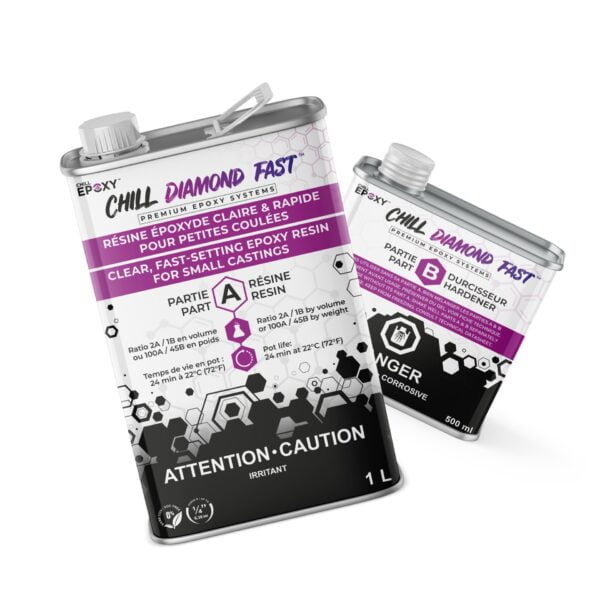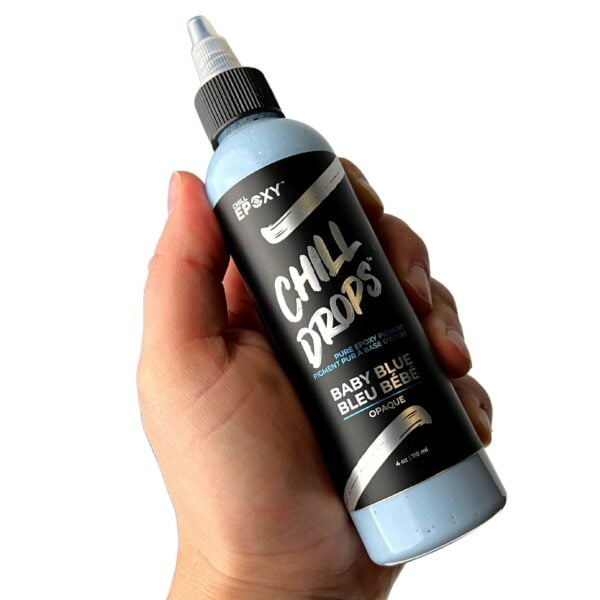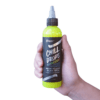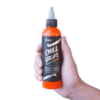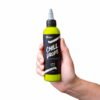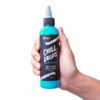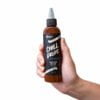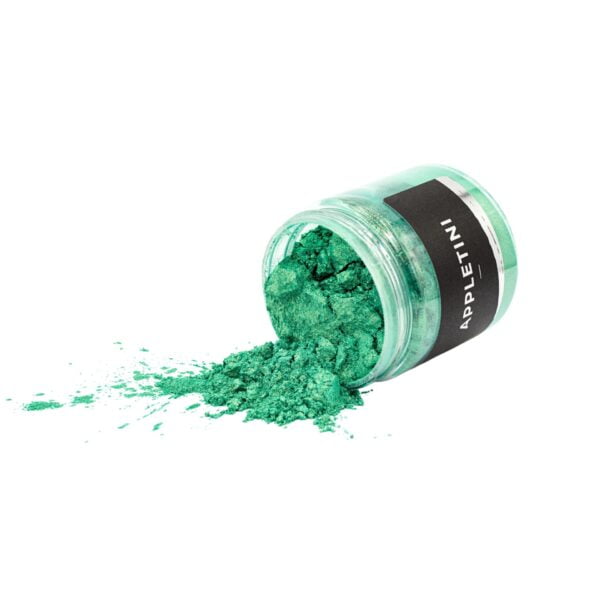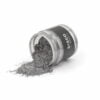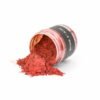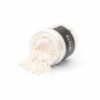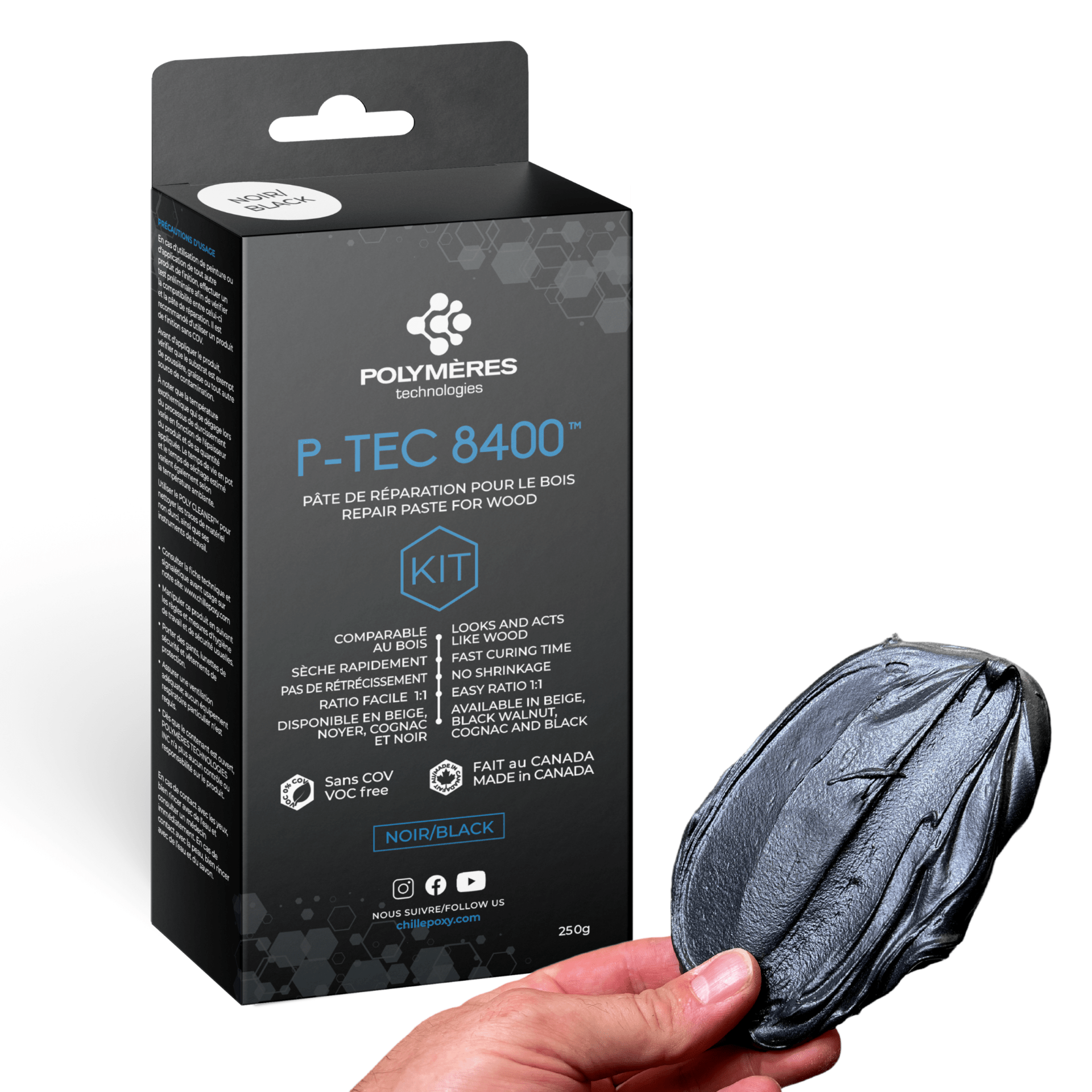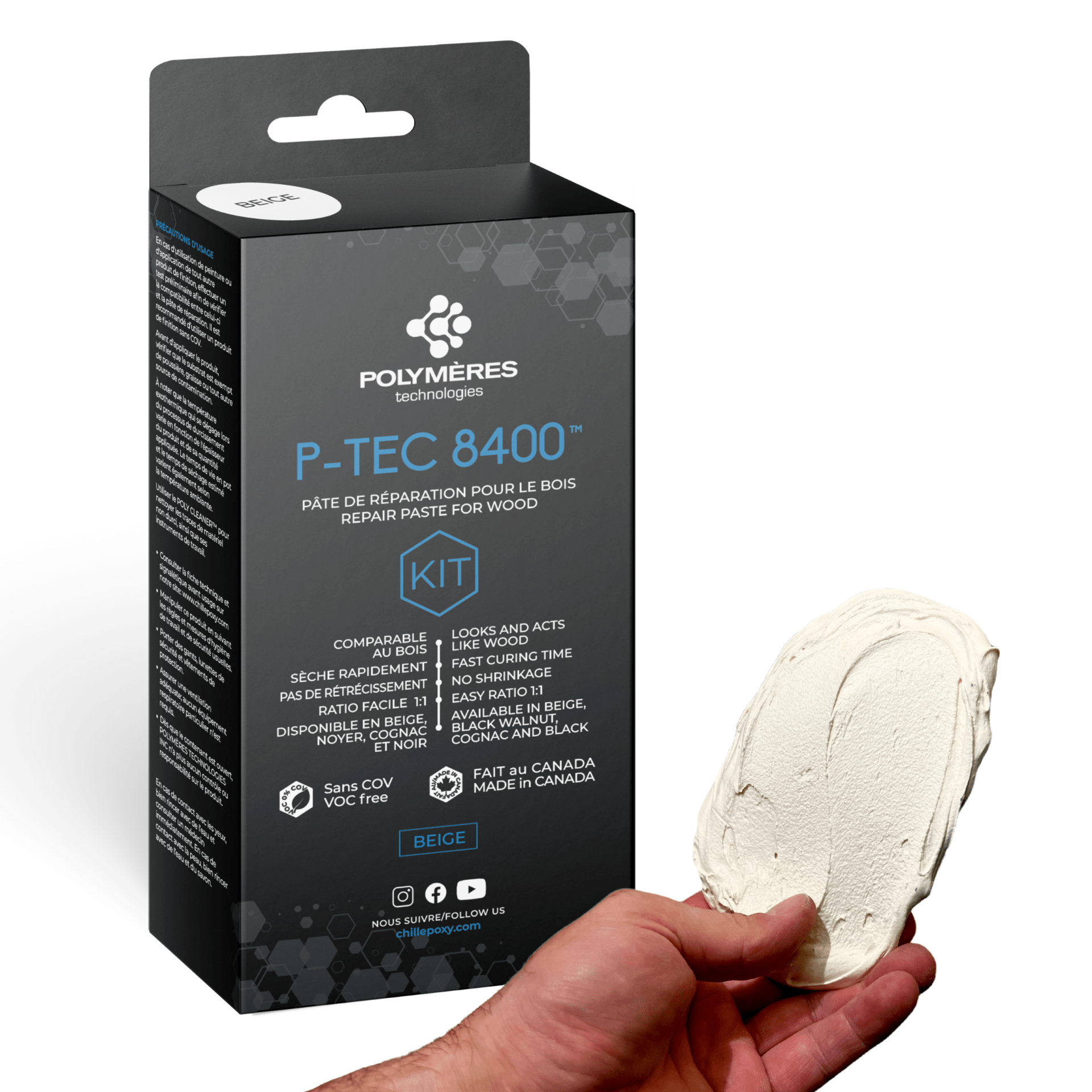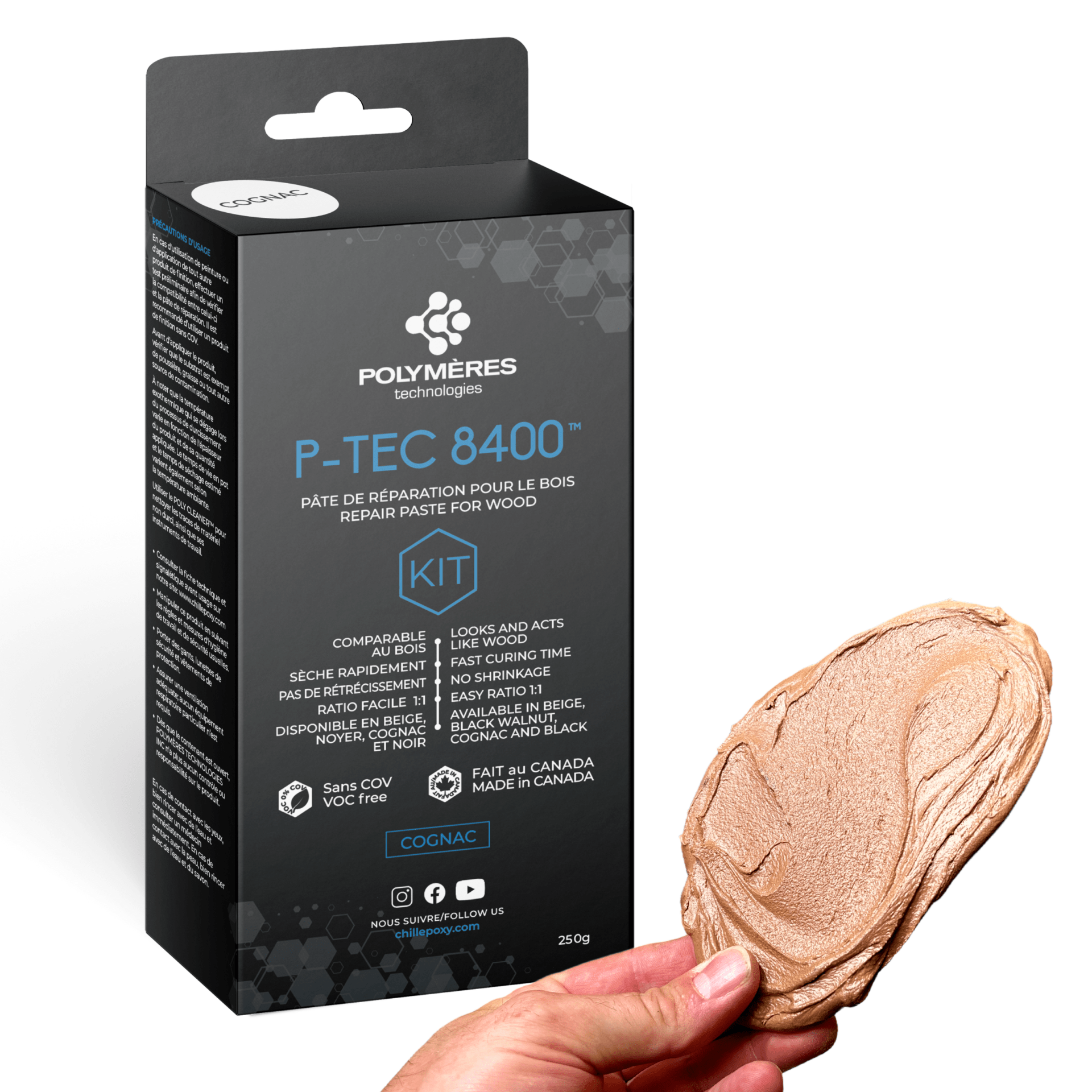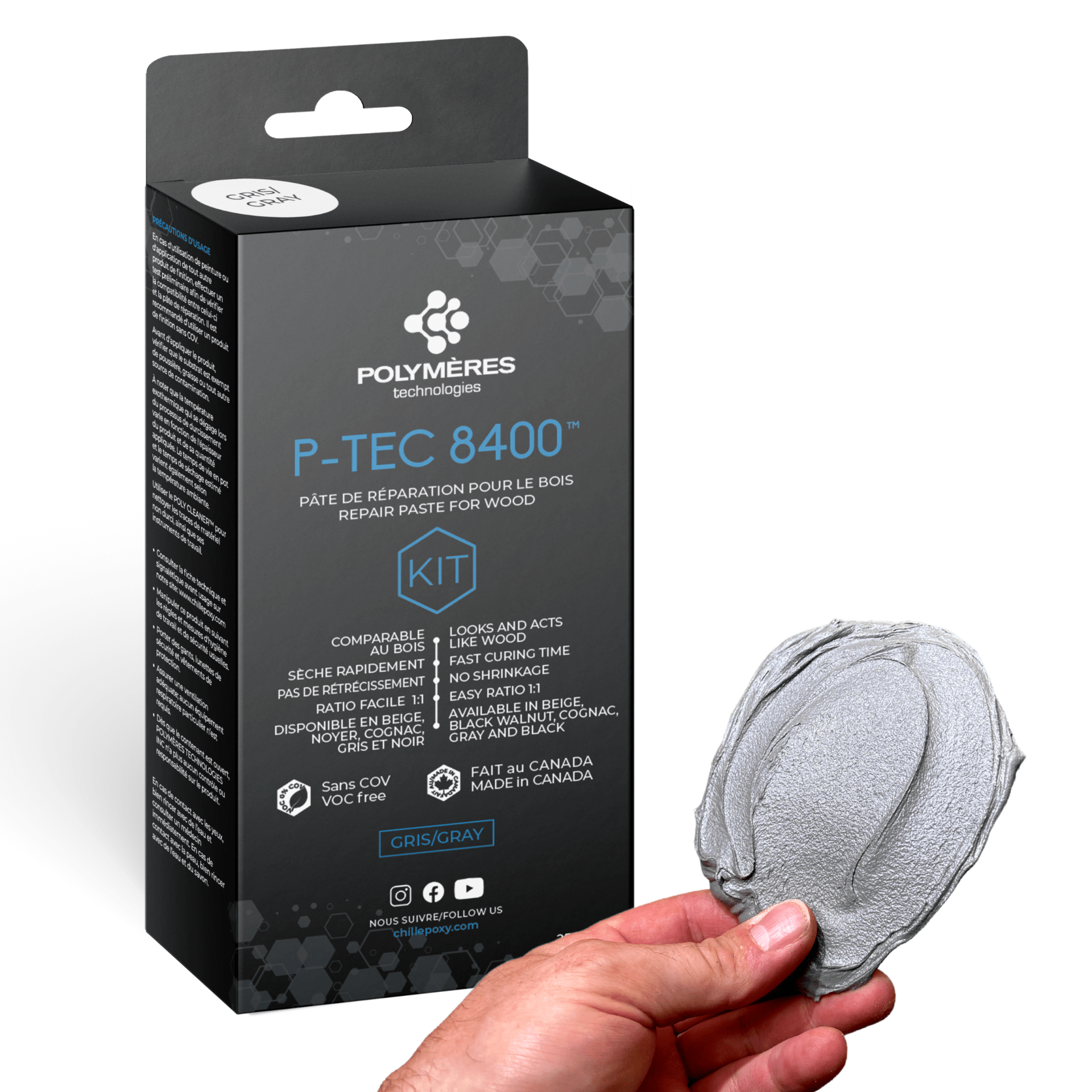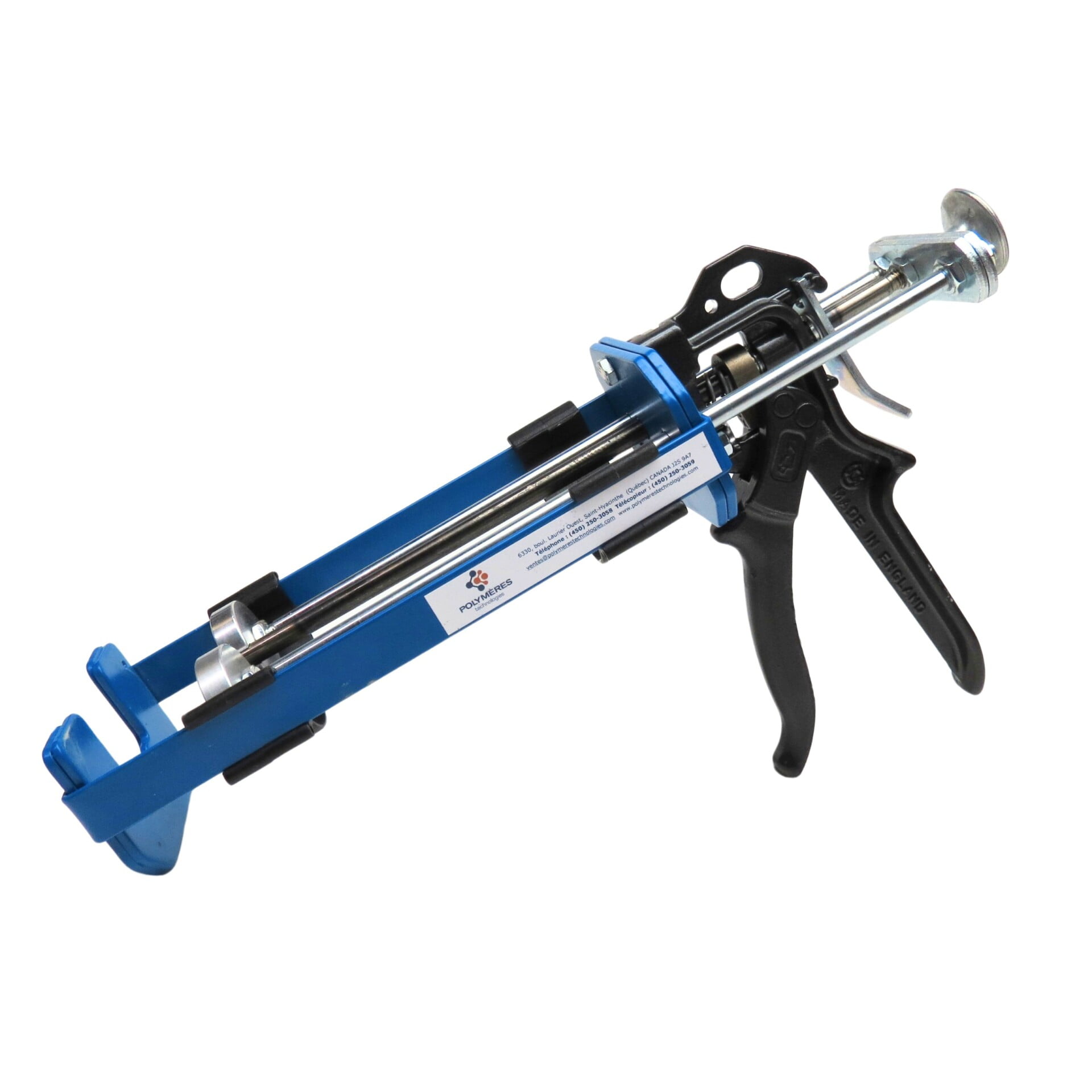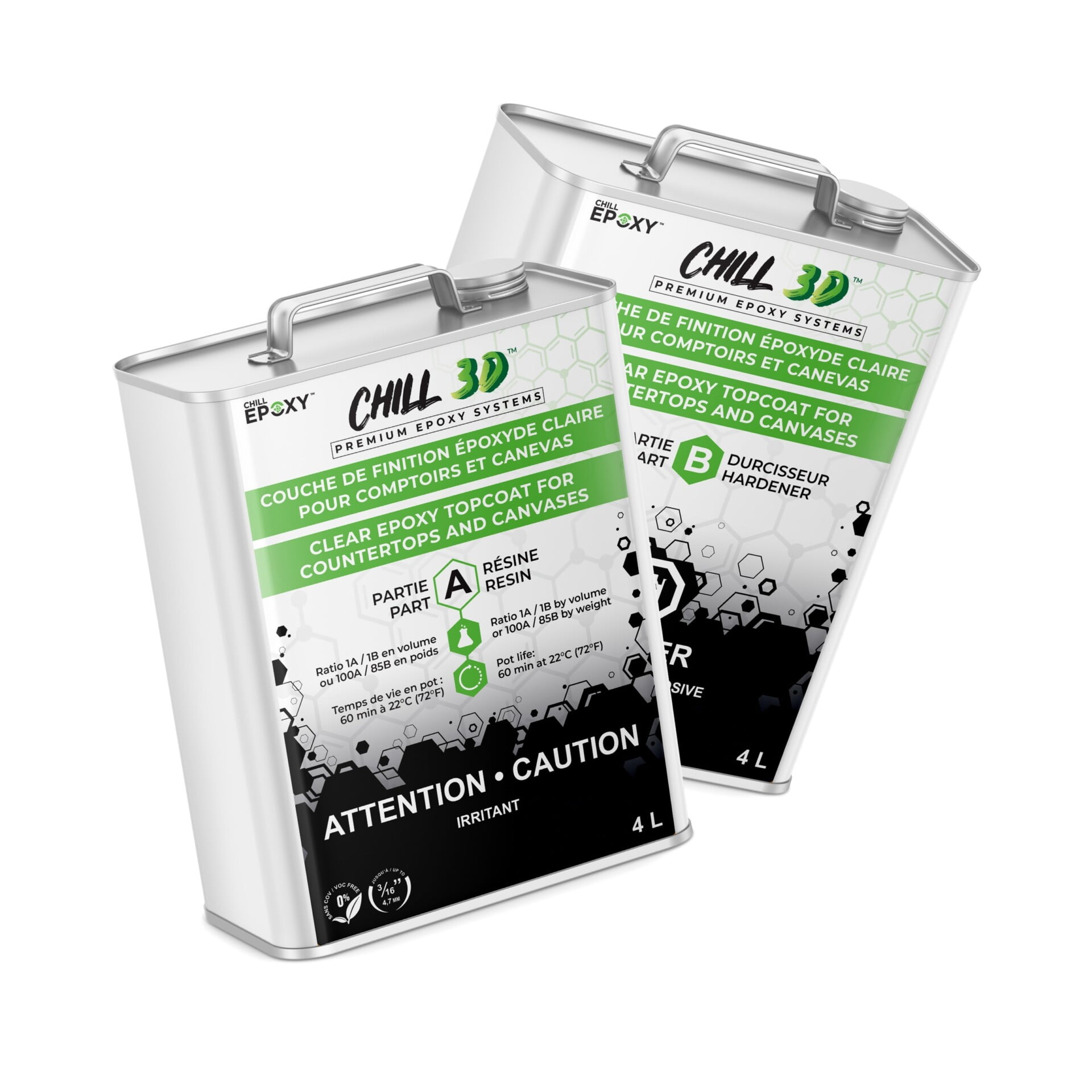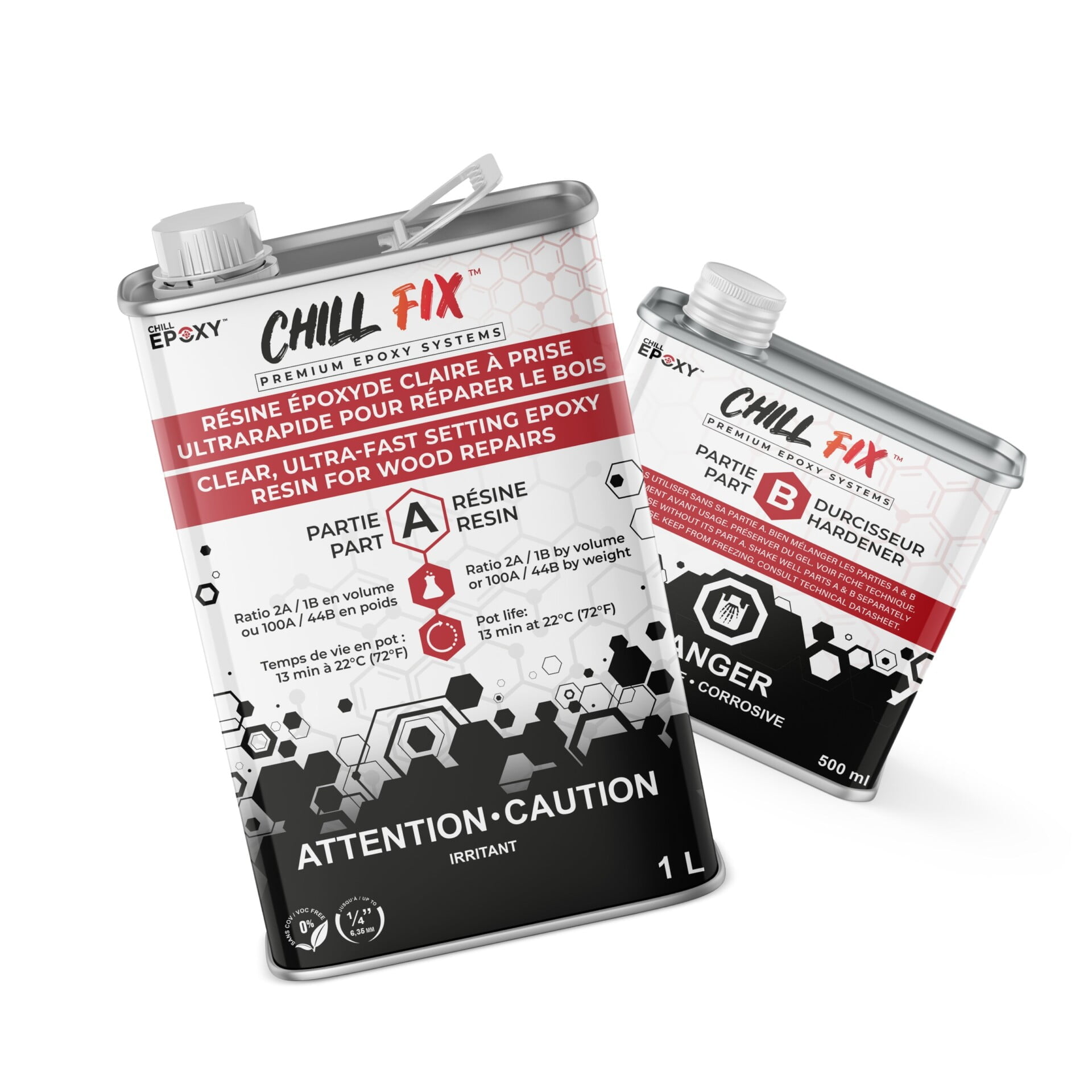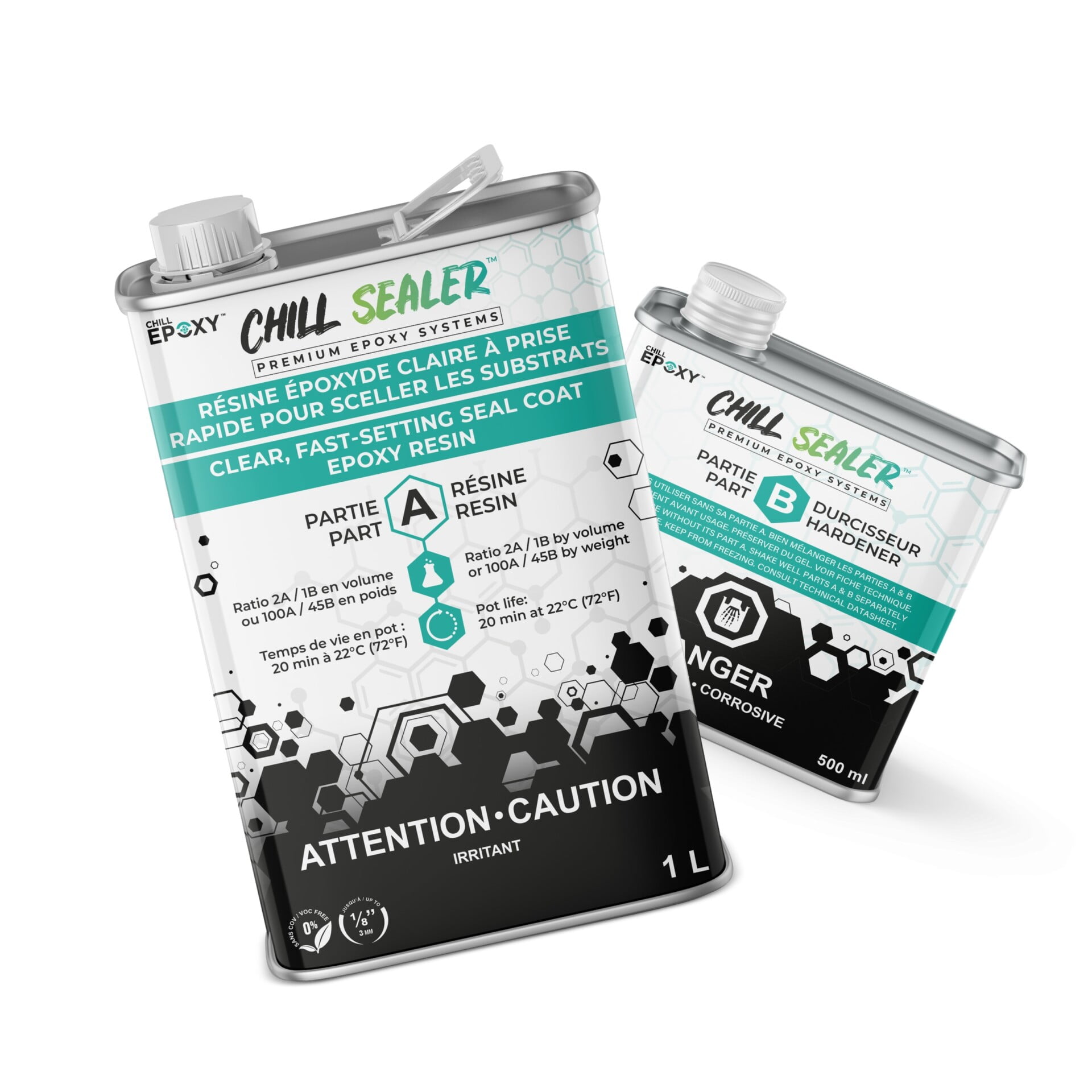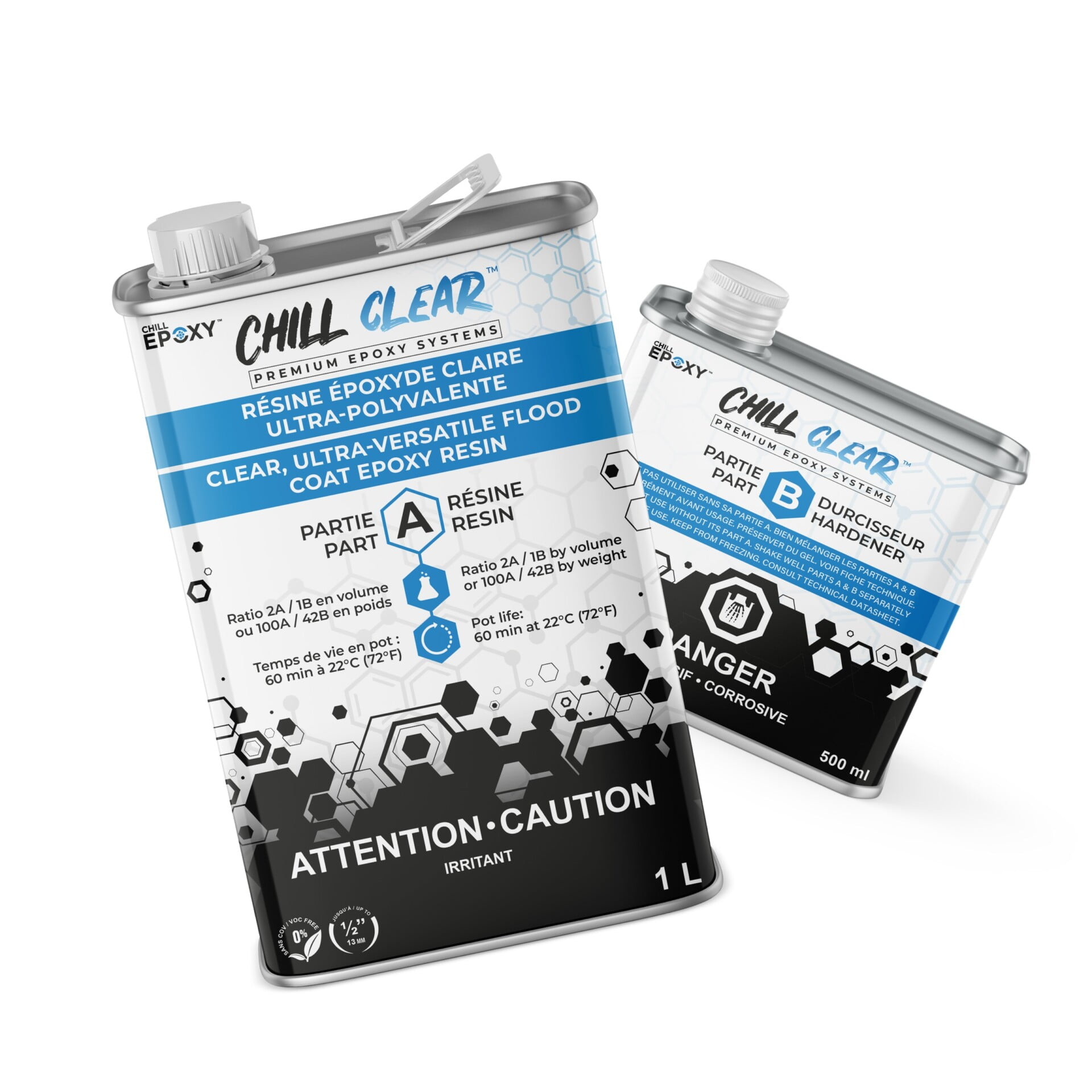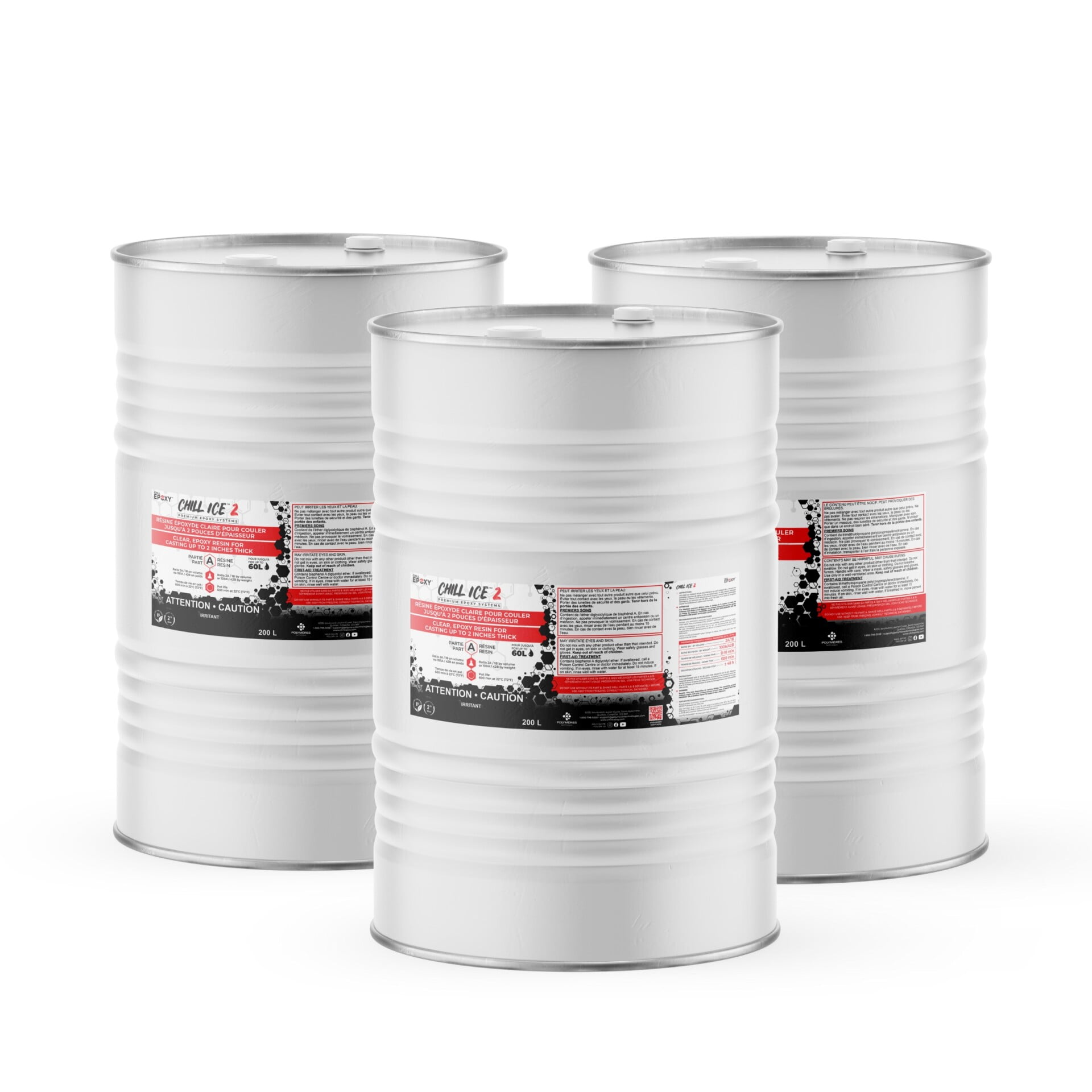Blog
Frequently Asked Questions about Epoxy Resin
Frequently Asked Questions about Epoxy Resin
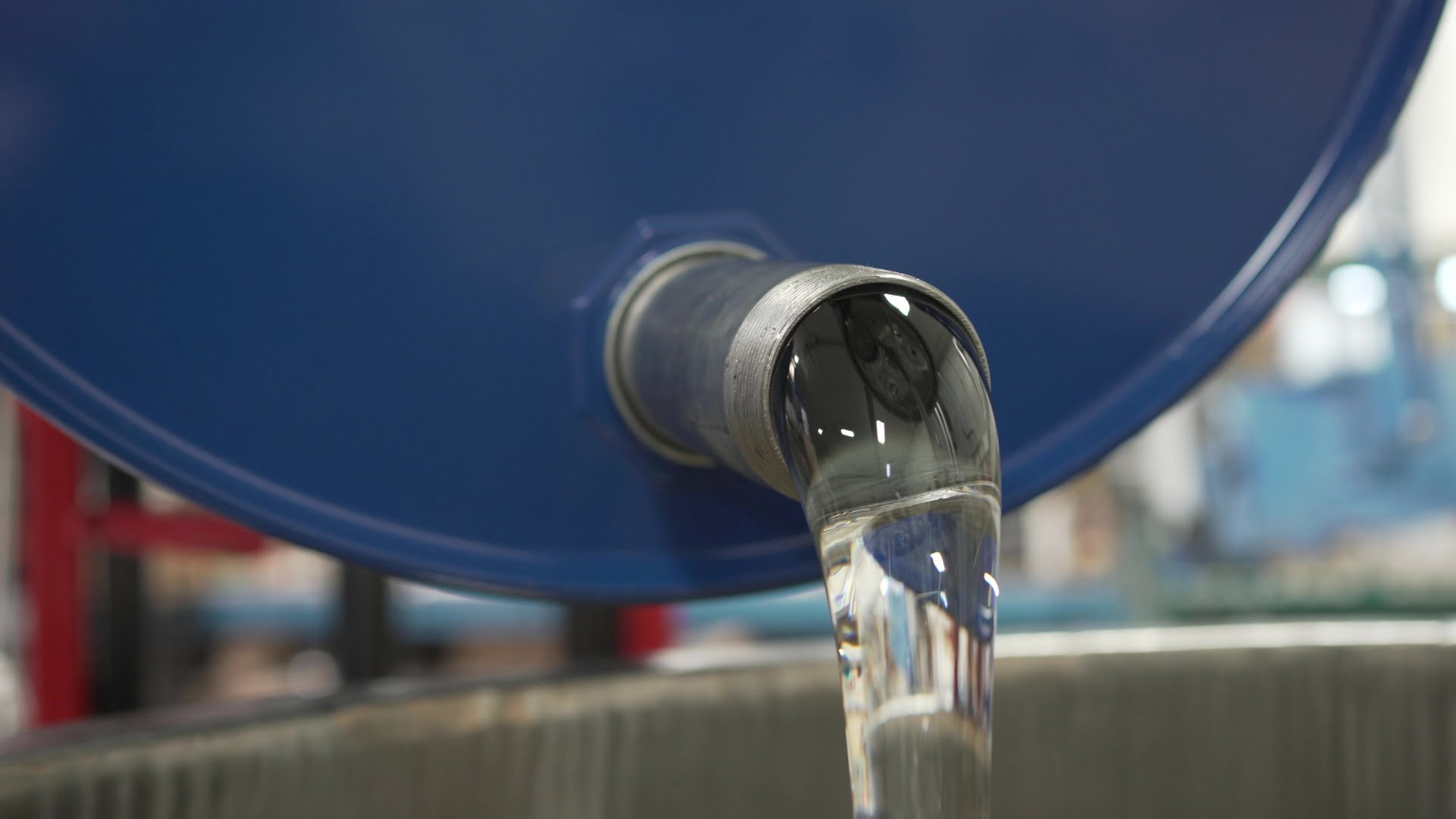
Introduction
Frequently Asked Questions about Epoxy Resin. Epoxy resin is a versatile and popular material used in various industries and DIY projects. Its unique properties make it an excellent choice for coatings, adhesives, and even artistic creations. Epoxy resin has gained significant popularity in various industries due to its versatility and unique properties. From art and crafts to woodworking and flooring, epoxy resin offers a range of applications. If you’re new to epoxy resin or have some questions about it, this article aims to answer the most frequently asked questions. However, like any other material, it’s important to understand epoxy resin’s characteristics, safety precautions, and limitations before using it. In this article, we will explore some interesting facts about epoxy resin, essential information for beginners, safety precautions to take when working with it, and its major disadvantages.
What are Some Interesting Facts about Epoxy Resin?
Epoxy resin has a fascinating history and numerous intriguing qualities. Let’s dive into some interesting facts:
- Epoxy resin is derived from a class of polymers known as epoxides. These polymers are created by reacting a compound containing a carbon-carbon double bond with a peroxide compound. The result is a strong, durable, and chemically resistant material.
- Epoxy resin has a wide range of applications. It is commonly used as a protective coating for concrete floors, river tables, countertops, and furniture. It is also used in electronics, aerospace, automotive, and marine industries for its excellent insulation and adhesion properties.
- Epoxy resin is a popular choice among artists and craftsmen due to its ability to create stunning and glossy finishes. It can be poured into molds or used as a medium for mixed media artworks, giving artists endless possibilities for creativity.
- Epoxy resin is available in various forms, including liquid, gel, and putty. The liquid form is the most common and is typically used for coatings and casting applications. Gel epoxy is thicker and suitable for vertical surfaces, while epoxy putty is a malleable material used for repairs and sculpting.
- Epoxy resin cures through a chemical reaction called polymerization. This process involves the resin and hardener components mixing together, resulting in a solid, durable material. The curing time depends on factors such as temperature, humidity, and the specific epoxy formulation.
What do I Need to Know Before Using Epoxy Resin?
Before diving into your epoxy resin project, it’s essential to have a solid understanding of its properties and best practices. Here’s what you should know:
- Choose the right epoxy resin for your project: Epoxy resins come in different formulations, each designed for specific applications. Consider factors such as the intended use, desired finish, and compatibility with the materials you’ll be working with.
- Prepare your workspace: Epoxy resin can be messy, so it’s crucial to set up a clean and well-ventilated workspace. Ensure proper ventilation to prevent the buildup of harmful fumes. Use protective gear such as gloves, safety glasses, and a respirator to minimize exposure.
- Surface preparation is key: To achieve a successful epoxy resin application, proper surface preparation is crucial. Clean the surface thoroughly, removing any dust, grease, or contaminants that could interfere with adhesion. Sanding or priming may be necessary for certain materials.
- Measure and mix accurately: Epoxy resin requires precise measurements and thorough mixing for optimal results. Use calibrated measuring tools and follow the manufacturer’s instructions for the correct resin-to-hardener ratio. Mixing thoroughly ensures a uniform blend and proper curing.
- Understand curing and drying times: Epoxy resin has both curing and drying times. Curing refers to the process of the resin hardening, while drying refers to the time it takes for the resin to lose its tackiness. Follow the recommended curing and drying times to avoid compromising the final result.
- Practice proper disposal: Epoxy resin and its byproducts should be disposed of responsibly. Follow local regulations regarding waste disposal and consider eco-friendly options. Avoid pouring excess resin down the drain or disposing of it in the regular trash.
Safety Precautions and Tips
When working with epoxy resin, it’s essential to prioritize safety. Here are some precautions and tips to consider:
Proper Ventilation
Ensure that you’re working in a well-ventilated area or use exhaust fans to circulate fresh air. Epoxy resin emits fumes during the curing process, which can be harmful if inhaled in large quantities. Good ventilation helps minimize exposure to these fumes. Especially if you are working with a brand that contains VOC and harsh chemical in their formulation.
Protective Equipment
Wear appropriate protective equipment, such as gloves, safety glasses, and a respirator, to protect yourself from direct contact with the epoxy resin and its fumes. Follow the safety guidelines provided by the manufacturer to choose the correct protective gear.
Handling and Storage
Store epoxy resin in a cool and dry place, away from direct sunlight. Keep it out of reach of children and pets. When handling epoxy resin, avoid direct skin contact and clean any spills or drips immediately. Dispose of epoxy resin waste according to local regulations.
Frequently Asked Questions about Epoxy Resin
FAQ 1: How long does epoxy resin take to cure?
The curing time of epoxy resin depends on various factors such as, working time, temperature, humidity, and the specific epoxy formulation. Generally, epoxy resin can take anywhere from a few hours to several days to cure fully. It’s essential to follow the manufacturer’s instructions for the recommended curing time.
FAQ 2: Can epoxy resin be used outdoors?
Yes, epoxy resin can be used outdoors. However, not all epoxy formulations are suitable for prolonged exposure to sunlight and weather conditions. UV-resistant epoxy resins are specifically designed to withstand the damaging effects of UV rays and prevent yellowing or degradation over time. If your project will be exposed to sunlight, ensure you select an epoxy resin that is suitable for outdoor use.
FAQ 3: Can epoxy resin be colored or tinted?
Yes, epoxy resin can be colored or tinted to achieve various effects. Pigments, dyes, or specialized epoxy resin tints can be added to the resin prior to mixing with the hardener. This allows you to create custom colors, transparent or opaque finishes, and even mimic natural materials like stone or marble.
FAQ 4: How can I fix mistakes or imperfections in epoxy resin?
If you encounter mistakes or imperfections in your epoxy resin project, there are a few options for correction. Minor surface imperfections can often be sanded and polished to achieve a smooth finish. For larger issues, such as air bubbles or uneven surfaces, you may need to remove the cured resin and start again. Always refer to the manufacturer’s guidelines for specific troubleshooting and repair techniques.
FAQ 5: Is epoxy resin safe to use?
Epoxy resin is generally safe to use when proper safety precautions are followed. However, it is essential to protect yourself from potential hazards. Wear appropriate personal protective equipment (PPE) such as gloves, safety glasses, and a respirator to minimize contact and inhalation of fumes. Ensure proper ventilation in your workspace to prevent the accumulation of vapors. If you have specific health concerns or sensitivities, consult a medical professional before working with epoxy resin.
FAQ 6: How do I achieve a glossy finish with epoxy resin?
To achieve a glossy finish with epoxy resin, proper surface preparation and application techniques are crucial. Ensure the surface is clean and free of imperfections before applying the resin. Apply thin, even coats of epoxy resin, using a brush or roller to avoid visible brush marks. Additionally, choosing a high-quality epoxy resin formulated for a glossy finish can enhance the final result.
Safety Precautions When Working with Epoxy Resin
Working with epoxy resin requires careful attention to safety. Here are four essential safety precautions to follow:
- Use proper ventilation: Epoxy resin can release fumes during the mixing and curing process. Ensure you work in a well-ventilated area, preferably with fans or open windows. Consider using a respirator with organic vapor cartridges to protect yourself from inhalation of harmful fumes.
- Wear protective gear: Always wear appropriate personal protective equipment (PPE) when working with epoxy resin. This includes gloves, safety glasses or goggles, and a long-sleeved shirt to protect your skin from contact with the resin. Avoid direct contact with epoxy resin as it can cause skin irritation.
- Avoid inhalation and ingestion: Epoxy resin should not be inhaled or ingested. When mixing or applying epoxy resin, take precautions to avoid breathing in the fumes or accidentally swallowing the material. If accidental ingestion or inhalation occurs, seek medical attention immediately.
- Follow proper storage and disposal guidelines: Store epoxy resin and its components in a cool, dry place, away from direct sunlight and heat sources. Keep them out of reach of children and pets. When disposing of epoxy resin waste, follow local regulations and consider eco-friendly options.
The Major Disadvantages of Epoxy Resin
While epoxy resin offers numerous benefits, it also has some limitations and disadvantages to consider:
- Limited UV resistance: Standard epoxy resin formulations are not inherently UV resistant and can yellow or degrade when exposed to prolonged sunlight. However, UV-resistant epoxy resins are available for outdoor applications or projects requiring increased UV protection.
- Sensitivity to temperature and humidity: Epoxy resin’s curing process can be affected by temperature and humidity fluctuations. Extreme temperatures or high humidity levels can extend the curing time or lead to improper curing. It’s important to work within the recommended temperature and humidity ranges specified by the manufacturer.
- Potentially harmful fumes with brands with VOC and aggressive chemicals: Epoxy resin can release fumes during the mixing and curing process, which may cause respiratory irritation or sensitization. It’s crucial to work in a well-ventilated area and use proper respiratory protection to minimize exposure to these fumes.
- Limited working time: Epoxy resin has a limited working time, also known as pot life. Once the resin and hardener are mixed, a chemical reaction begins, and the material gradually starts to cure. This means you need to work efficiently to apply the resin before it becomes too viscous or begins to harden.
In conclusion, epoxy resin is a versatile material with a wide range of applications. Understanding its properties, safety precautions, and limitations is crucial for successful and safe use. By following the recommended guidelines, you can harness the potential of epoxy resin and create stunning and durable projects.


